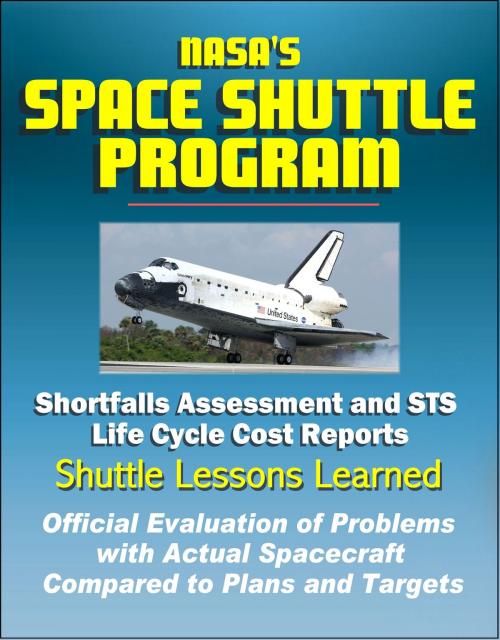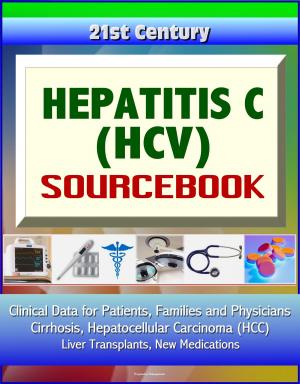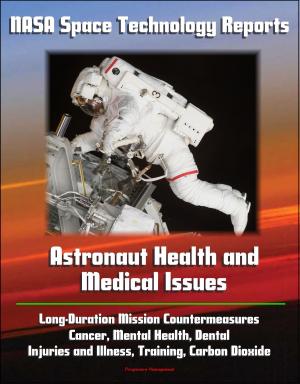NASA's Space Shuttle Program: Shortfalls Assessment and STS Life Cycle Cost Reports - Shuttle Lessons Learned, Official Evaluation of Problems with Actual Spacecraft Compared to Plans and Targets
Nonfiction, Science & Nature, Technology, Aeronautics & Astronautics, Science, Physics, Astrophysics & Space Science| Author: | Progressive Management | ISBN: | 9781310759963 |
| Publisher: | Progressive Management | Publication: | August 22, 2014 |
| Imprint: | Smashwords Edition | Language: | English |
| Author: | Progressive Management |
| ISBN: | 9781310759963 |
| Publisher: | Progressive Management |
| Publication: | August 22, 2014 |
| Imprint: | Smashwords Edition |
| Language: | English |
Two little-noticed NASA reports provide a unique historical appraisal of the problems and shortfalls of the Space Shuttle program. These unusually forthright documents chronicle the pitfalls of the Shuttle design, comparing target values for various objectives to the actual achieved results, exposing critical shortfalls relative to requirements - with a particular focus on affordability and cost. There is extensive discussion of "lessons learned" and how they would apply to future space transportation systems and space exploration programs. Shuttle enthusiasts and historians will find these reports to be extremely informative.
Contents: Report of Current Space Shuttle System Shortfalls Assessment
Report of Space Transportation Systems Life Cycle Cost Assessment and Control
Excerpt: The objective of the study was to define the major program shortfalls for the Space Shuttle Transportation System both programmatic and technical. The approach was to define and document the major program requirements/objectives/goals at the first and second levels. The next step was to define and document the accomplishments to each of the requirements/objectives/goals documented. The shortfalls were then documented along with need statements for improvement to the next generation Space Transportation System. This data was analyzed to determine the cause for the shortfall so that the appropriate corrective action could be identified. This effort could be stated as the lessons learned from the Space Shuttle program. Although the Space Shuttle is a highly successful program, the first of its kind, and has produced cutting edge technology, it has many requirement, objective, and goals shortfalls. By looking at its history, the SPST determined what were its major objectives and goals and what was actually achieved. The need to focus on specific areas was made visible and a number of "lessons learned" were derived and are presented in this report.
Two little-noticed NASA reports provide a unique historical appraisal of the problems and shortfalls of the Space Shuttle program. These unusually forthright documents chronicle the pitfalls of the Shuttle design, comparing target values for various objectives to the actual achieved results, exposing critical shortfalls relative to requirements - with a particular focus on affordability and cost. There is extensive discussion of "lessons learned" and how they would apply to future space transportation systems and space exploration programs. Shuttle enthusiasts and historians will find these reports to be extremely informative.
Contents: Report of Current Space Shuttle System Shortfalls Assessment
Report of Space Transportation Systems Life Cycle Cost Assessment and Control
Excerpt: The objective of the study was to define the major program shortfalls for the Space Shuttle Transportation System both programmatic and technical. The approach was to define and document the major program requirements/objectives/goals at the first and second levels. The next step was to define and document the accomplishments to each of the requirements/objectives/goals documented. The shortfalls were then documented along with need statements for improvement to the next generation Space Transportation System. This data was analyzed to determine the cause for the shortfall so that the appropriate corrective action could be identified. This effort could be stated as the lessons learned from the Space Shuttle program. Although the Space Shuttle is a highly successful program, the first of its kind, and has produced cutting edge technology, it has many requirement, objective, and goals shortfalls. By looking at its history, the SPST determined what were its major objectives and goals and what was actually achieved. The need to focus on specific areas was made visible and a number of "lessons learned" were derived and are presented in this report.















